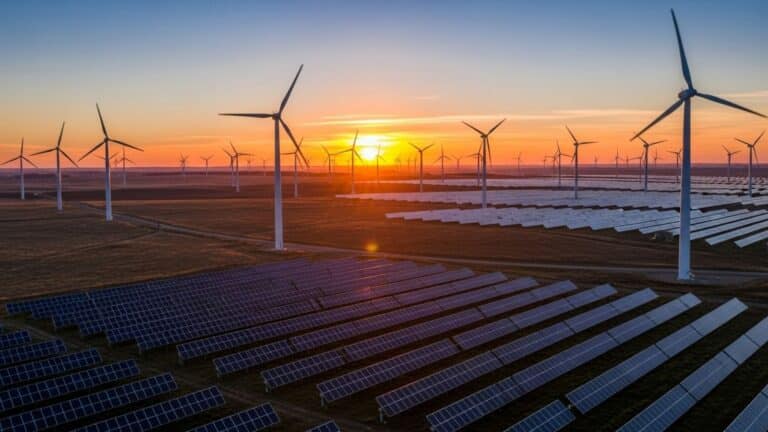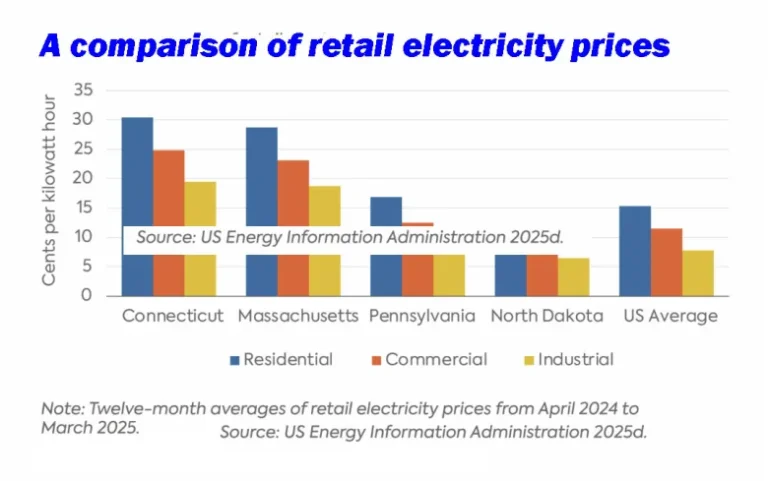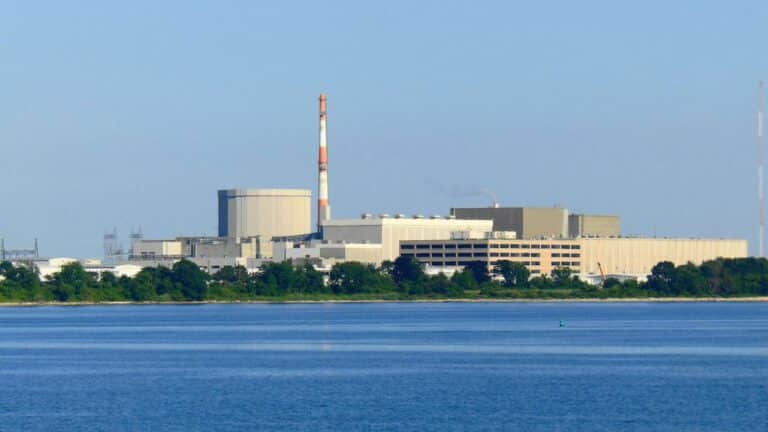Could a strategic lithium reserve kickstart US supply chain development?
NEW YORK -- A strategic lithium reserve is being mooted as a solution to stabilize volatile prices that have hindered American mining projects, allowi
Current Access Level “I” – ID Only: CUID holders, alumni, and approved guests only
July 2019 was the hottest month ever recorded. The Secretary General of the World Meteorological Organization said, “July has rewritten climate history, with dozens of new temperature records.” Temperatures soared around the world, including in China. A prominent Chinese scientist predicted that such heat waves would become the “new normal” in the decades ahead.
The first edition of the Guide to Chinese Climate Policy was released in July 2018 (the third hottest month ever recorded). My goal was to provide an objective, factual report on climate change policies in the world’s largest emitter. Since then, trends in China’s response to climate change have been mixed.
On the one hand:
On the other hand:
Political tensions between China and the United States escalated dramatically during the past year. Challenges related to the China-US trade war focused China’s leaders on economic stability and energy security. Some observers noted that climate change appeared to be a lower priority as a result. Others noted that the Chinese government has used its commitment to limiting emissions and acceptance of climate science to draw contrasts with the Trump administration, positioning itself favorably in the eyes of many around the world.
Climate change is a big topic. It involves natural systems, energy systems, financial systems, political systems and more. Not surprisingly, China’s response to climate change is complicated and multifaceted. In some ways, China is a leader when it comes to fighting climate change. In other ways, China lags.
Yet this is clear: there is no solution to climate change without China. China’s transition to a low-carbon economy will have far-reaching consequences not just for China but the entire world.
The 2019 edition of the Guide to Chinese Climate Policy provides an updated resource for anyone interested in China’s response to climate change.
– David Sandalow, Inaugural Fellow, Center on Global Energy Policy
The Trump administration didn't send a delegation to Brazil.
Local communities are hosting events where people can bring in their broken goods for repairs—free of charge.
On November 6, 2025, in the lead-up to the annual UN Conference of the Parties (COP30), the Center on Global Energy Policy (CGEP) at Columbia University SIPA convened a roundtable on project-based carbon credit markets (PCCMs) in São Paulo, Brazil—a country that both hosted this year’s COP and is well-positioned to shape the next phase of global carbon markets by leveraging its experience in nature-based solutions.

Connecticut needs an honest debate, and fresh thinking, to shape a climate strategy fit for today, not 2022.

